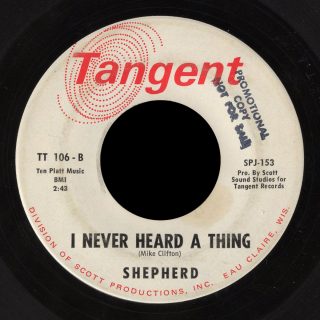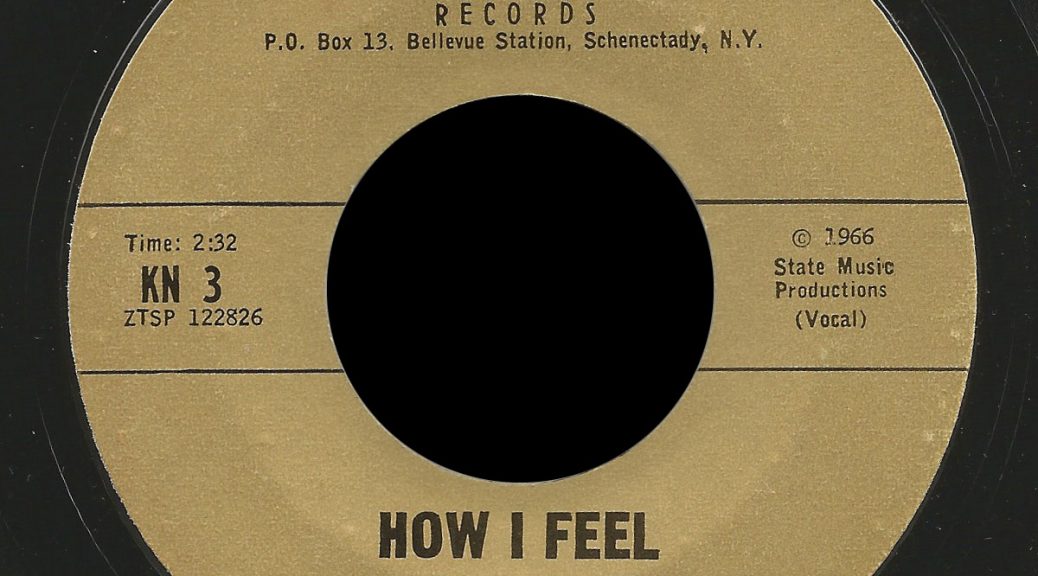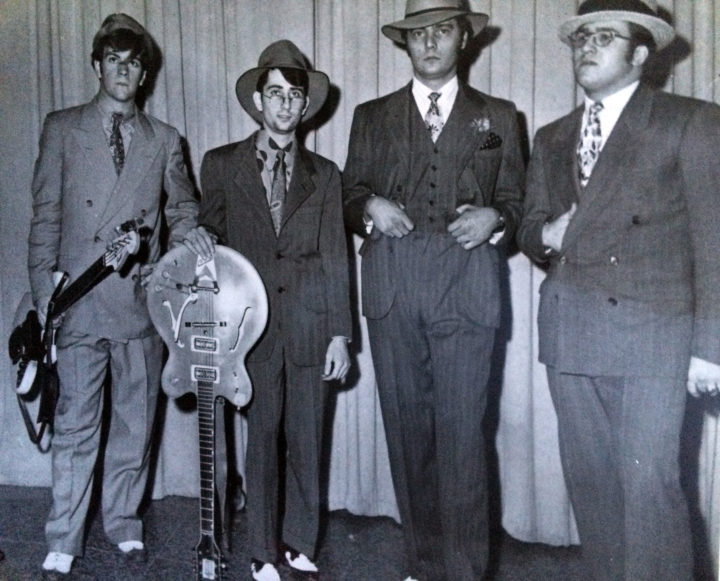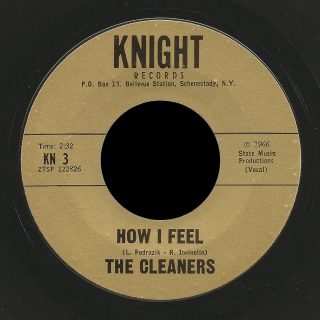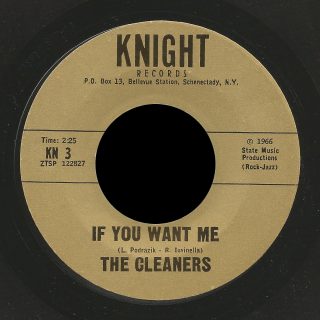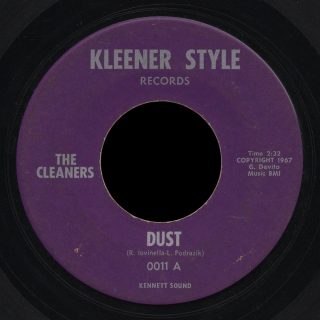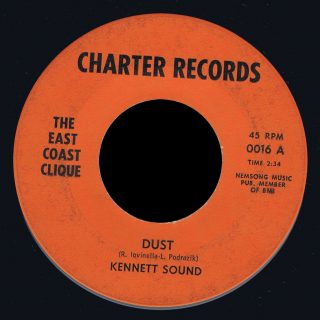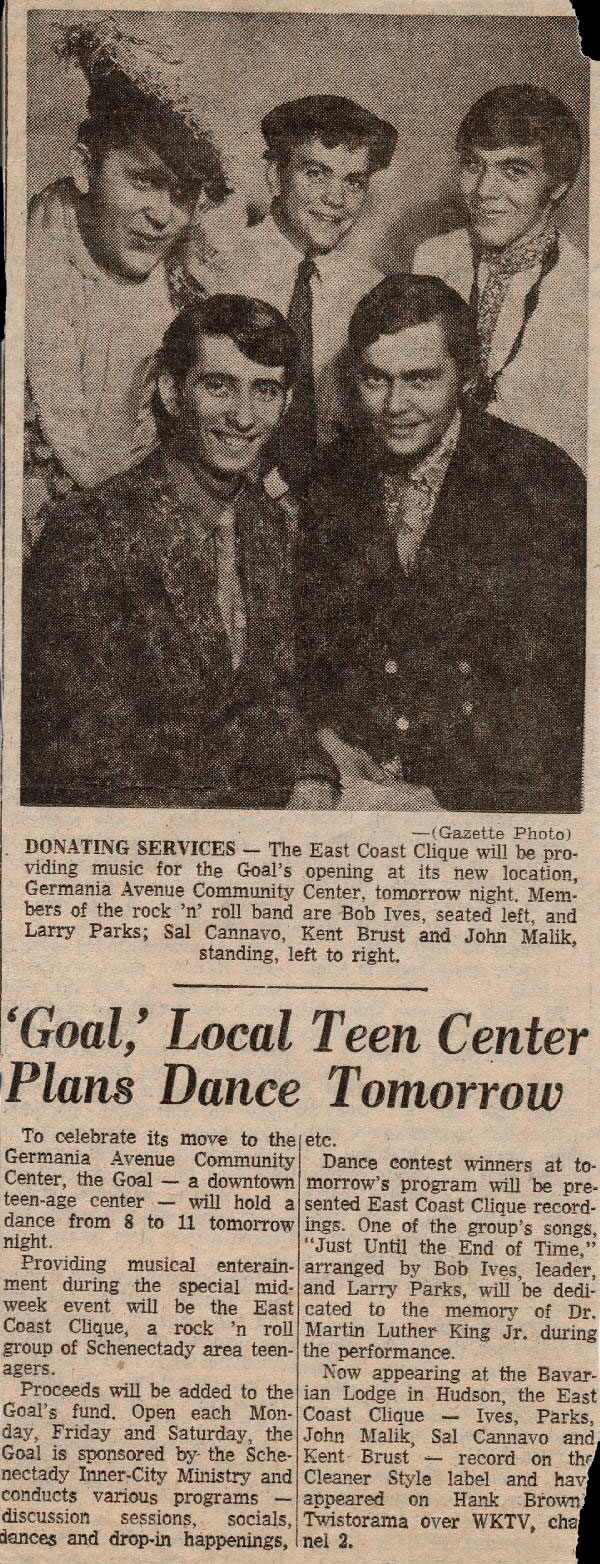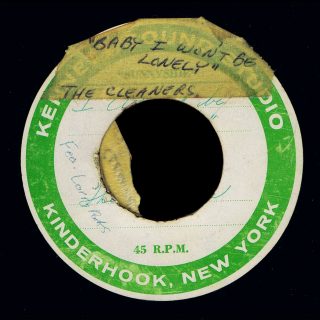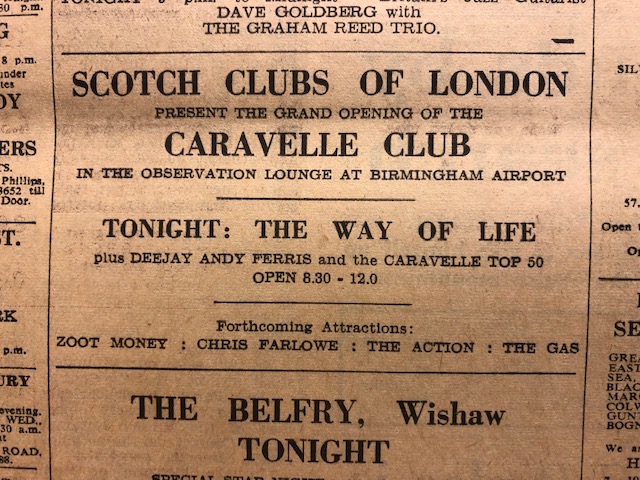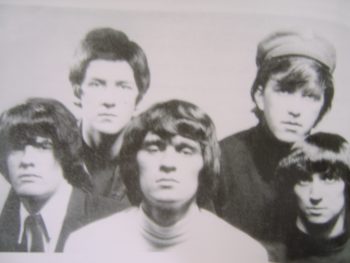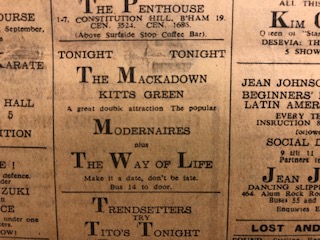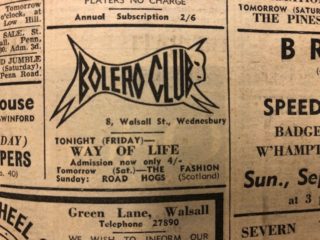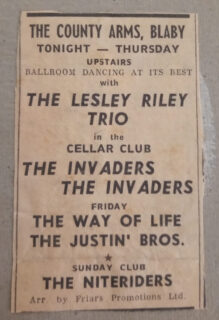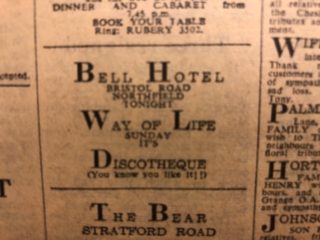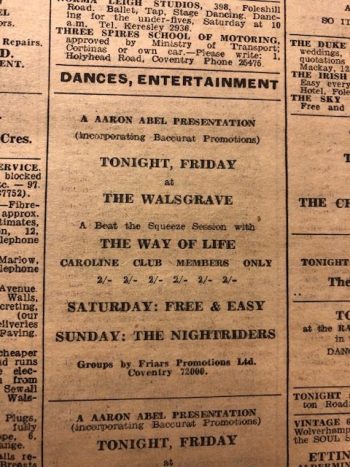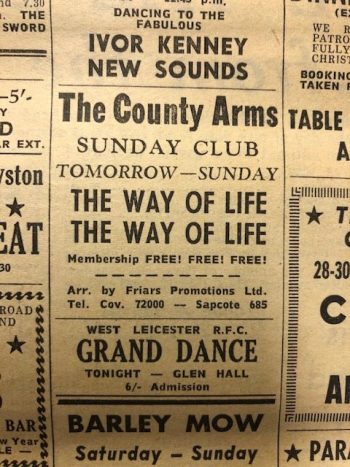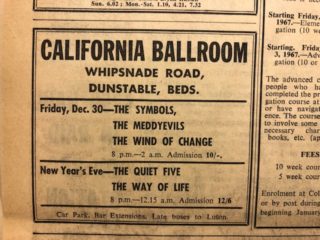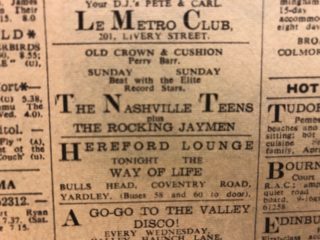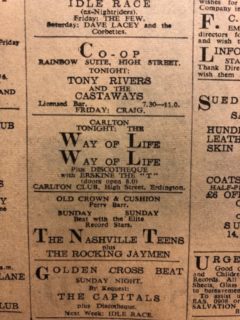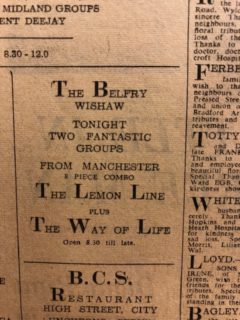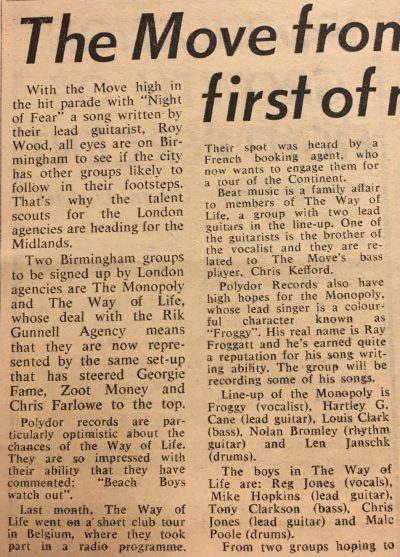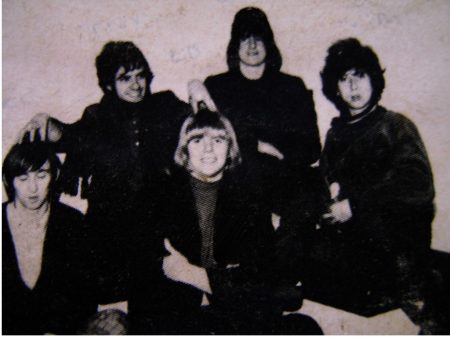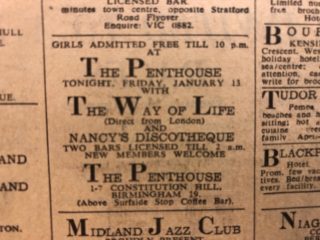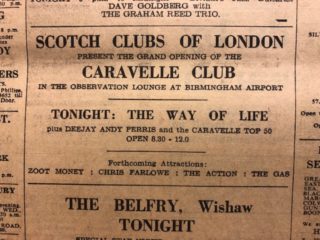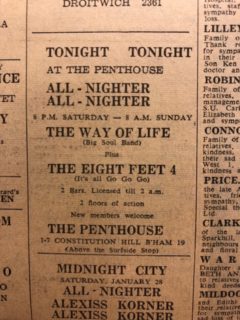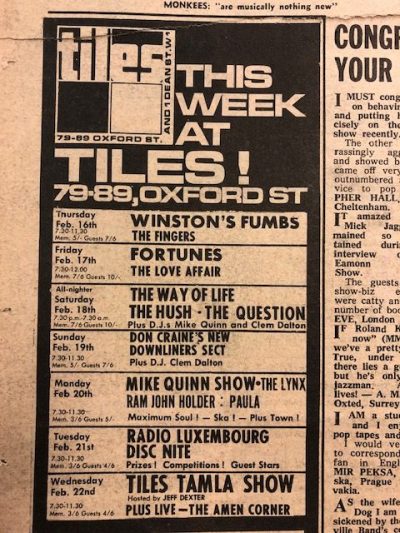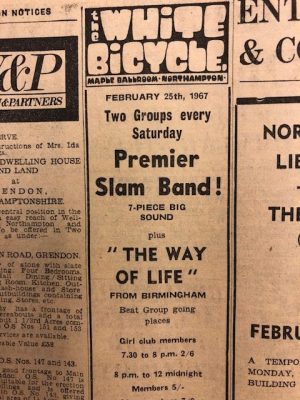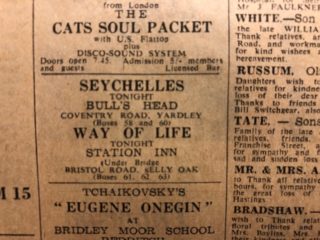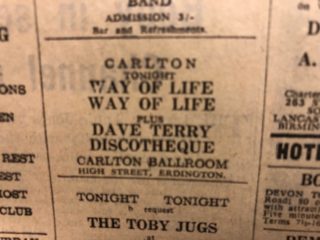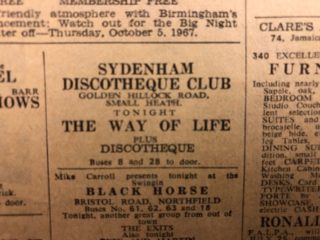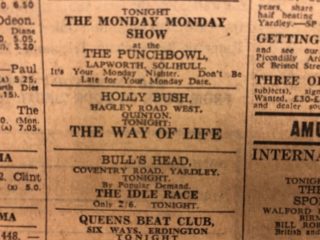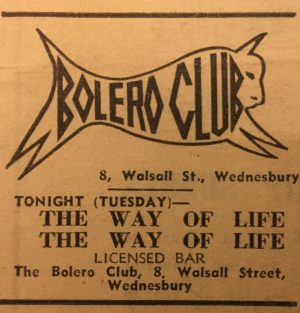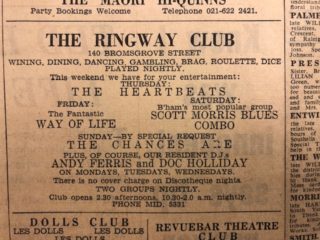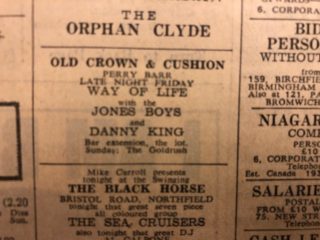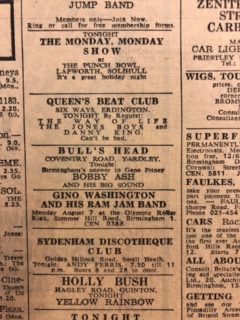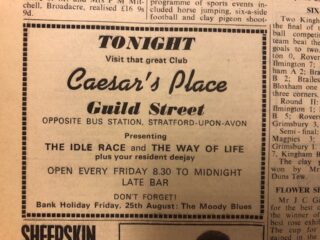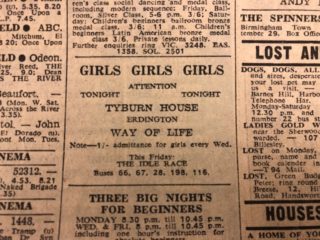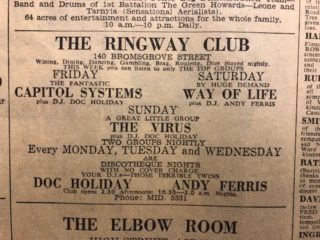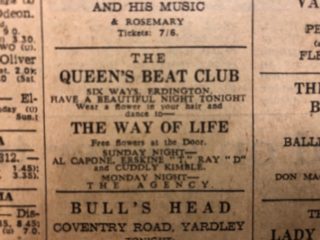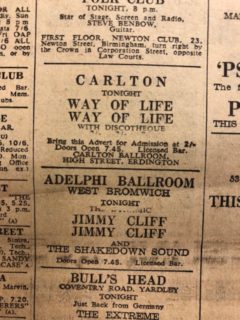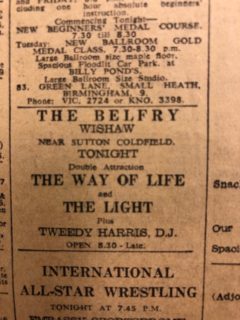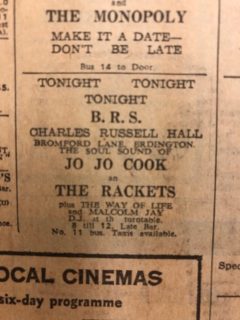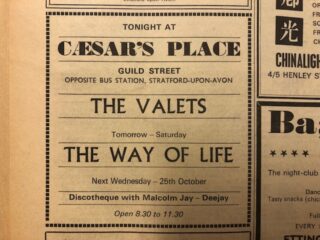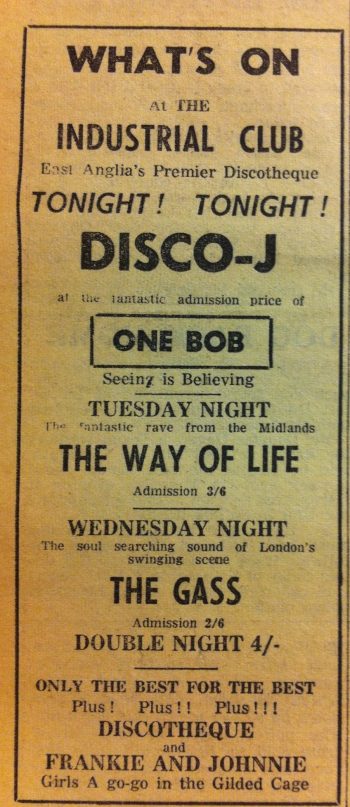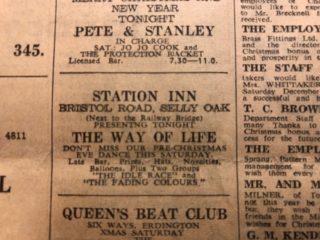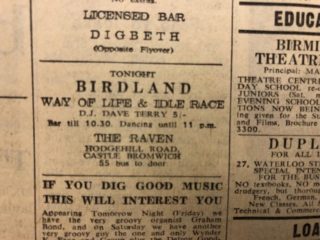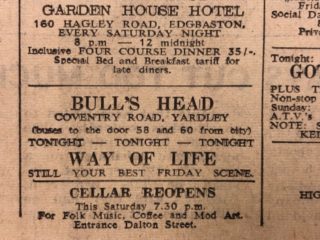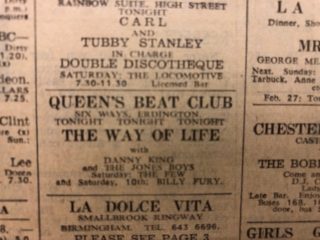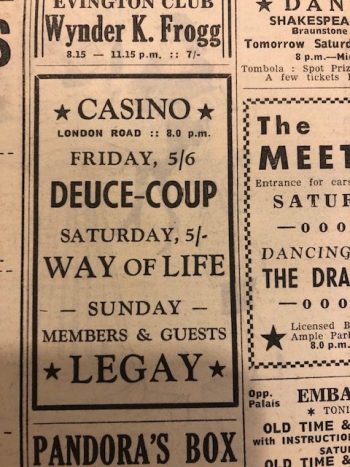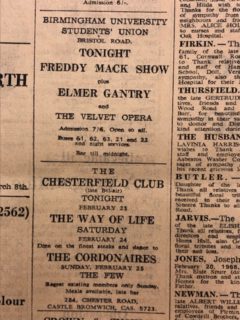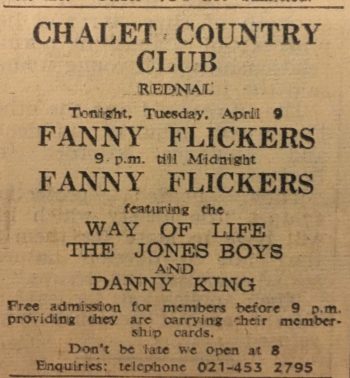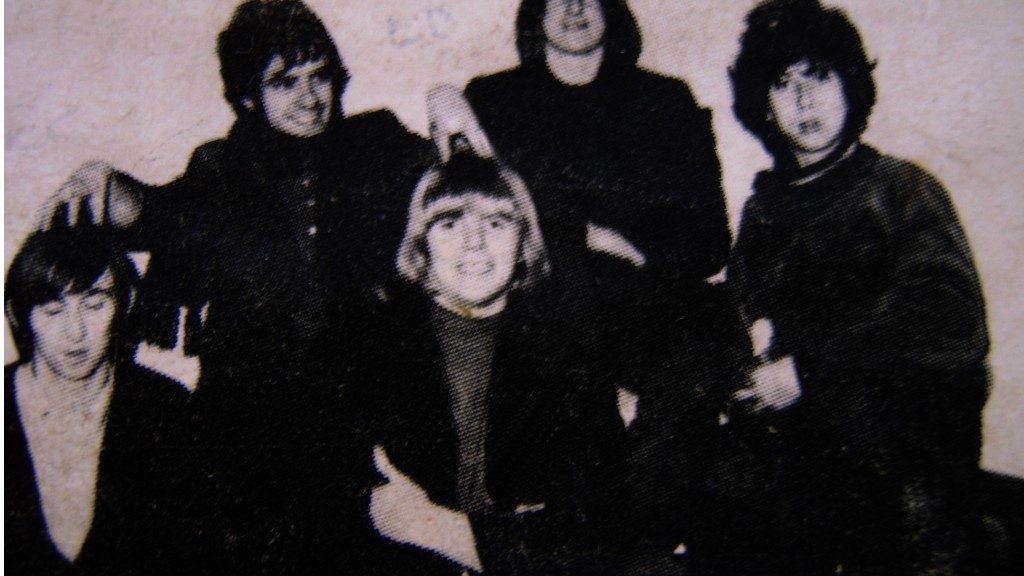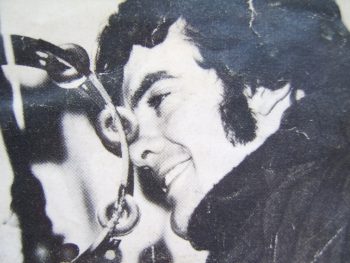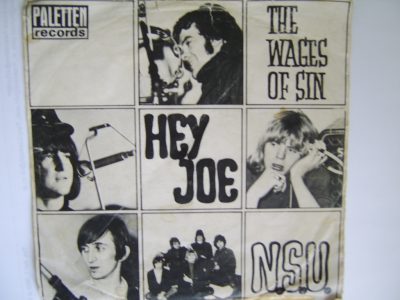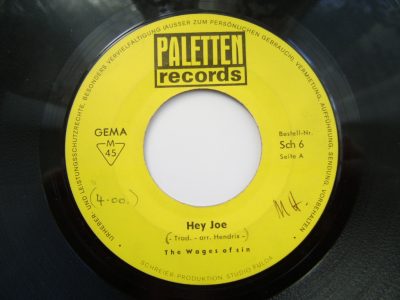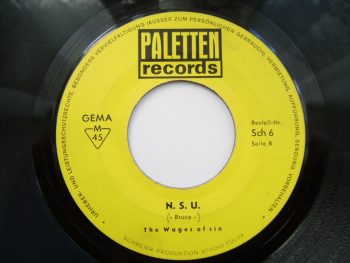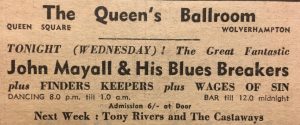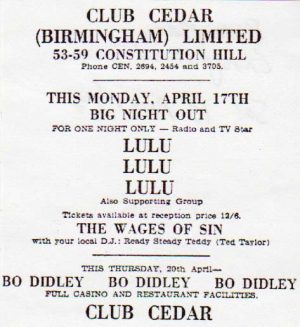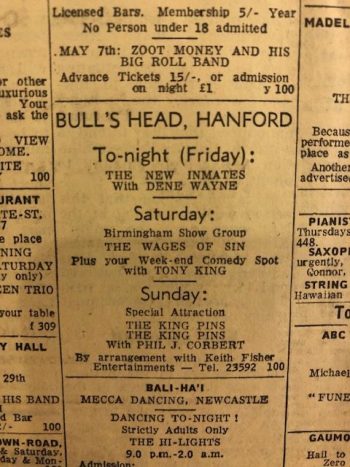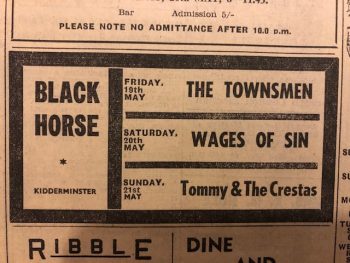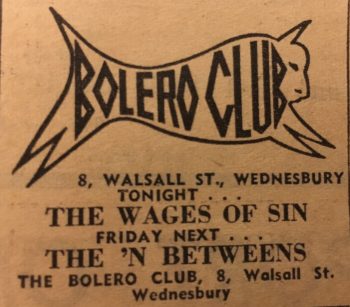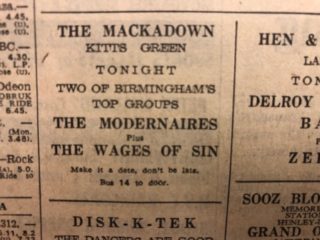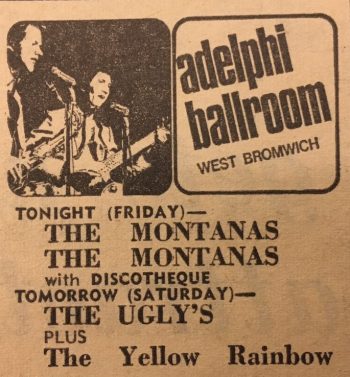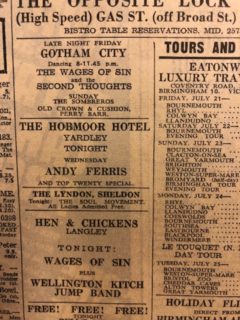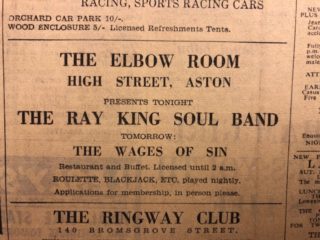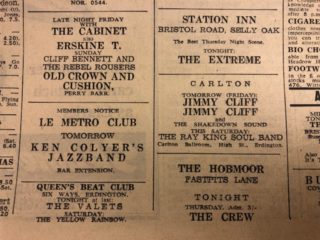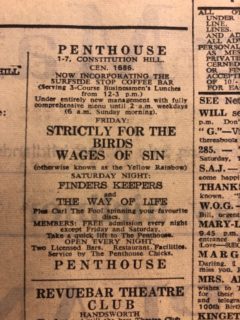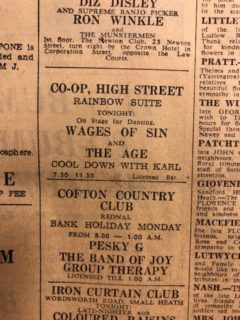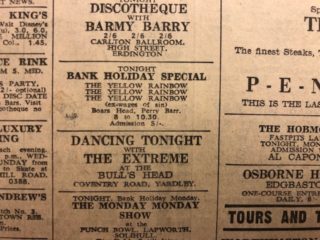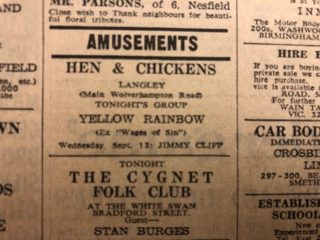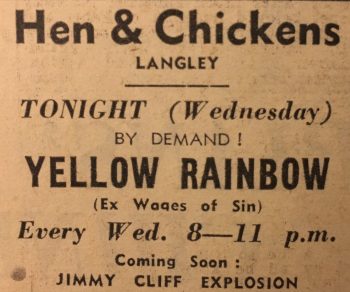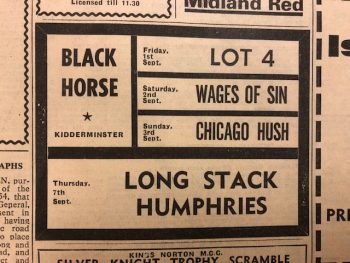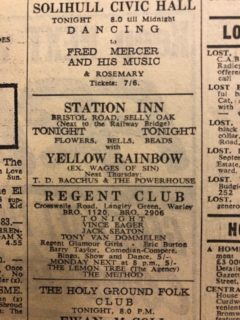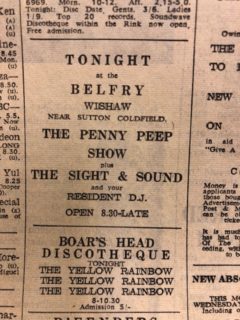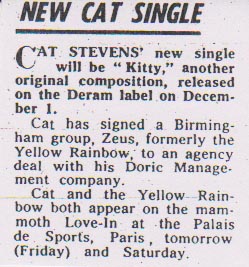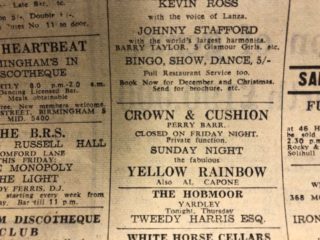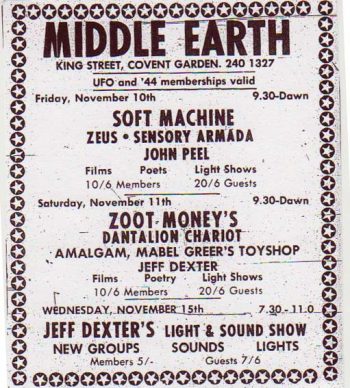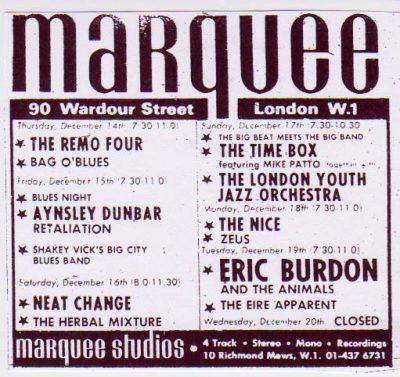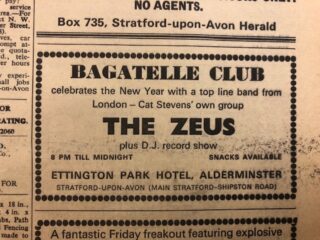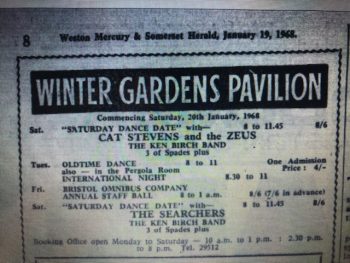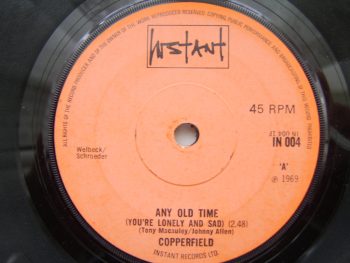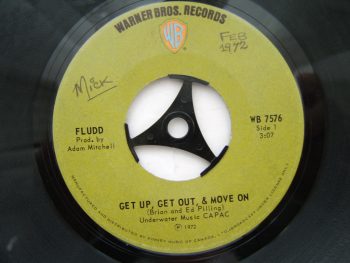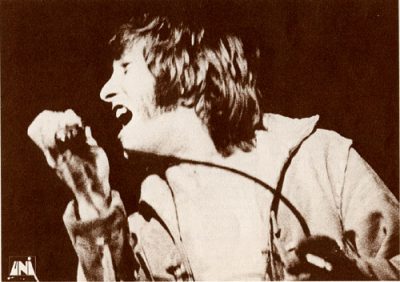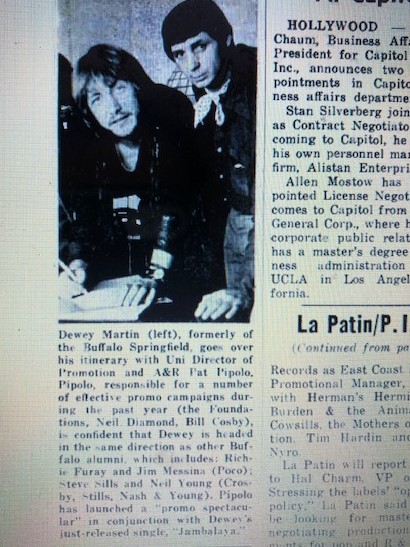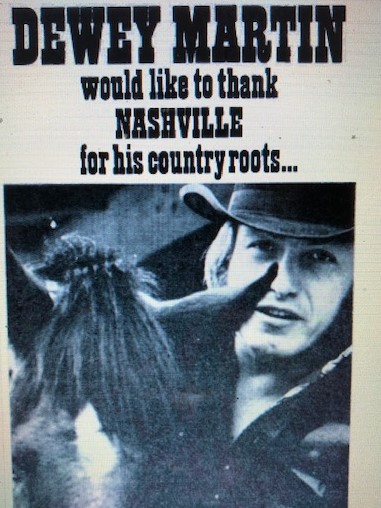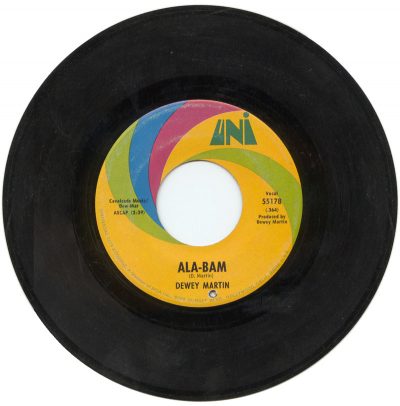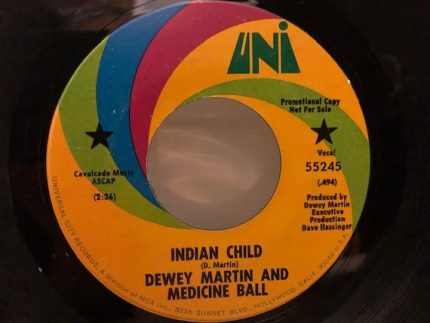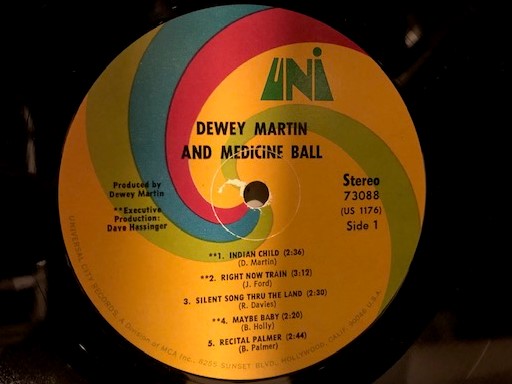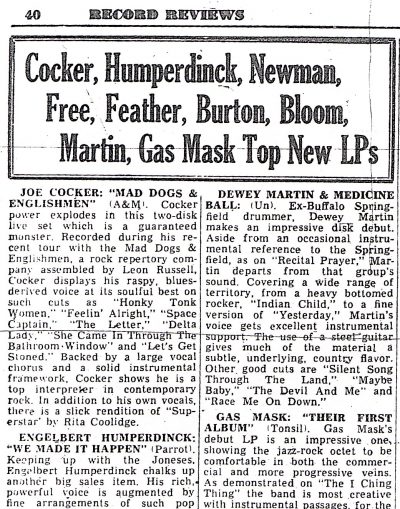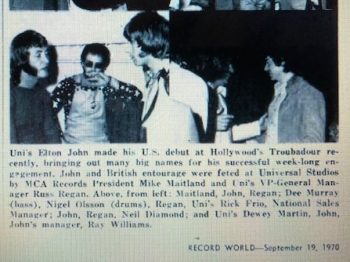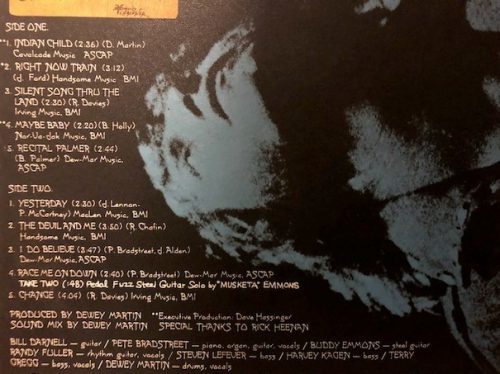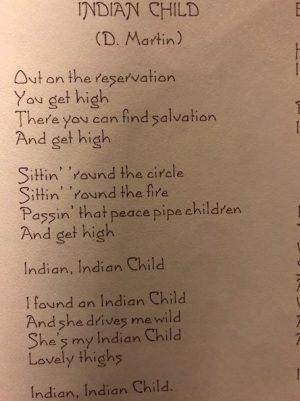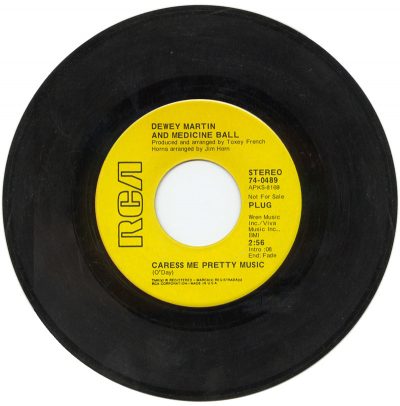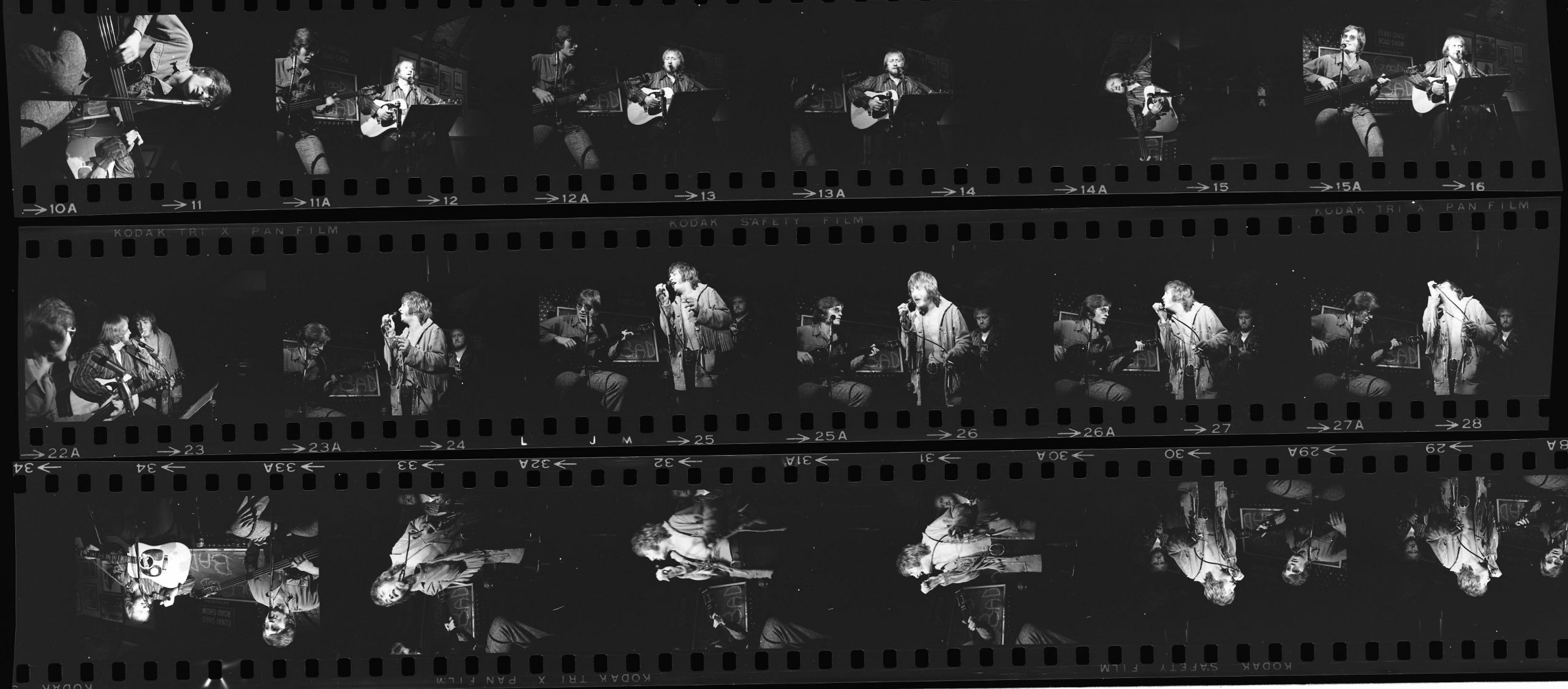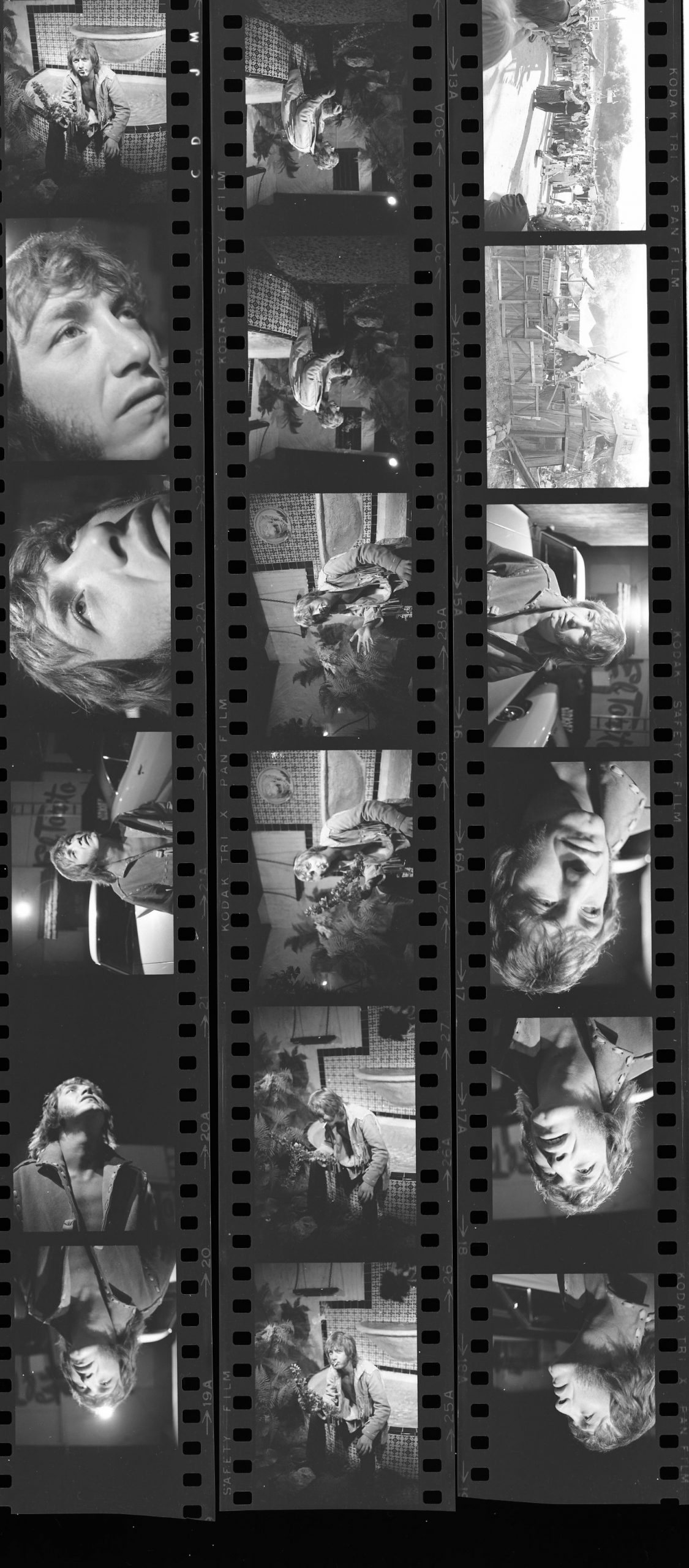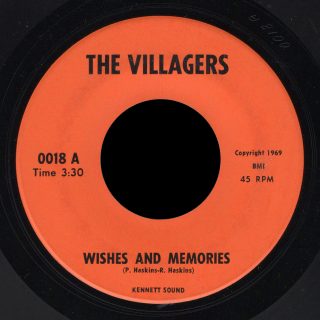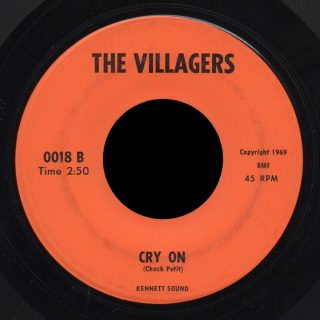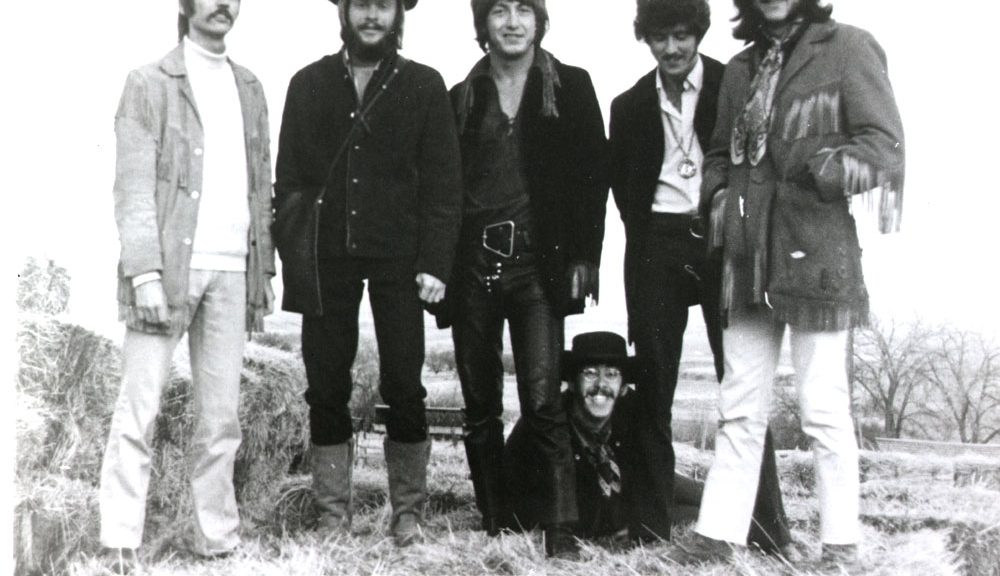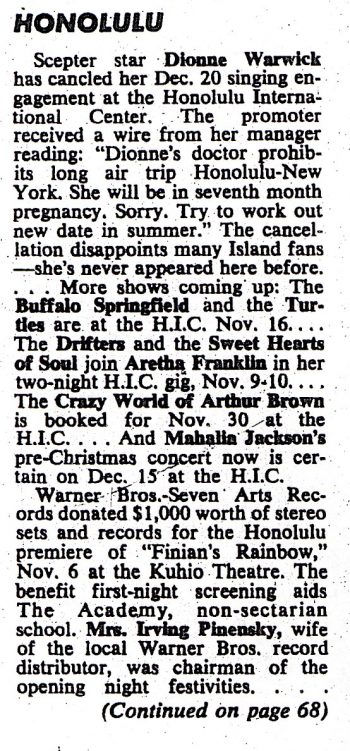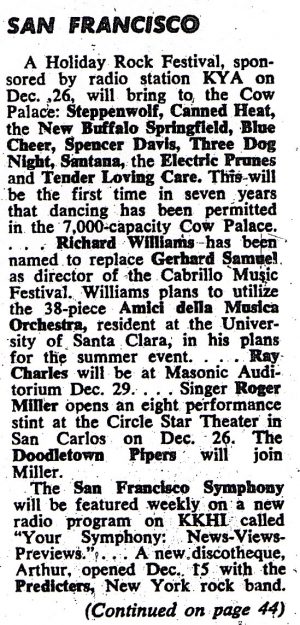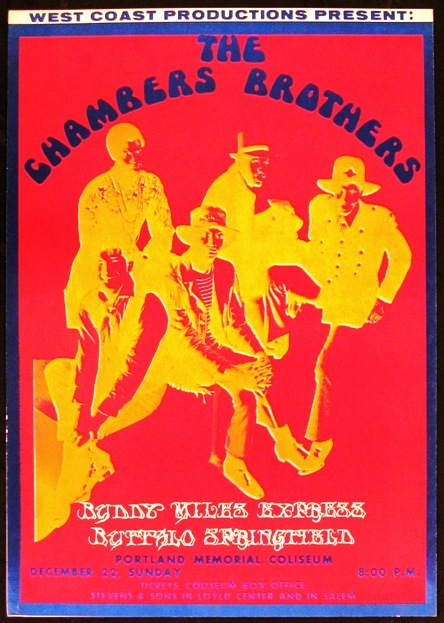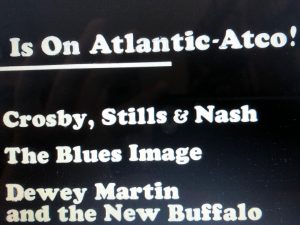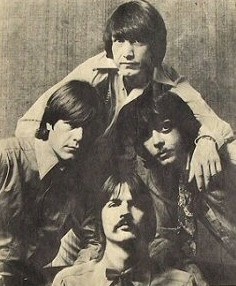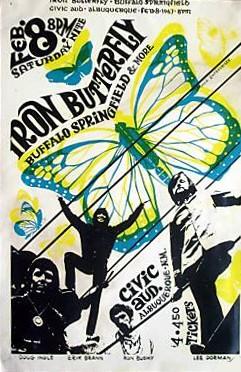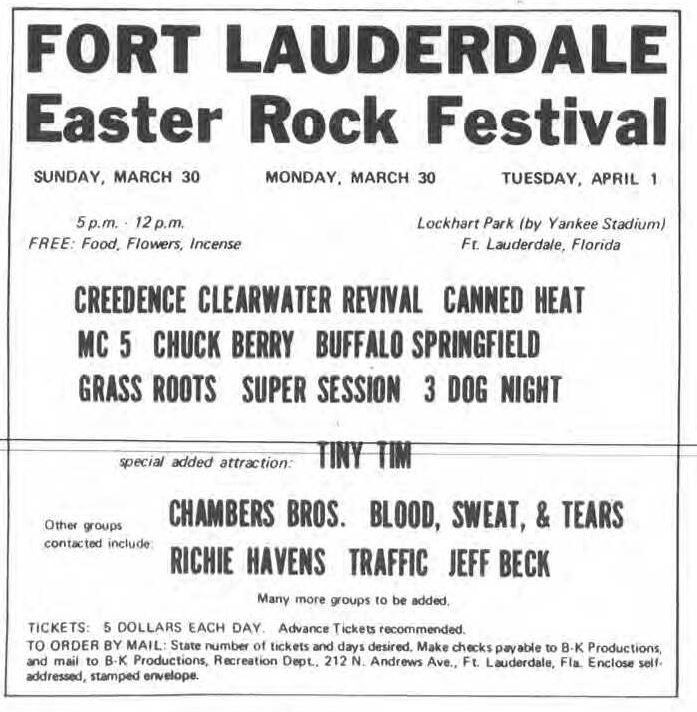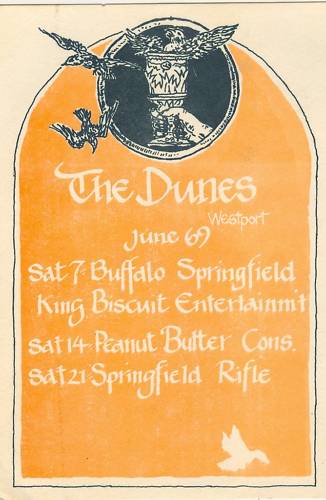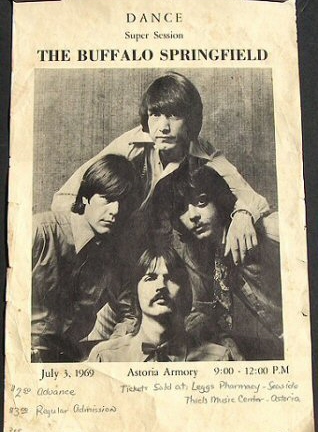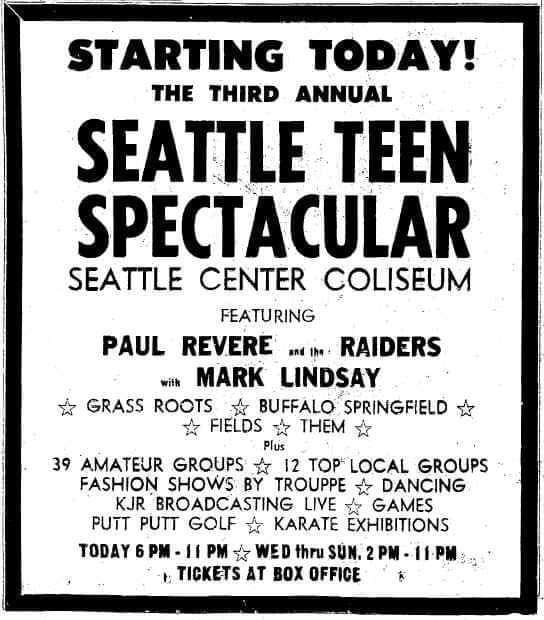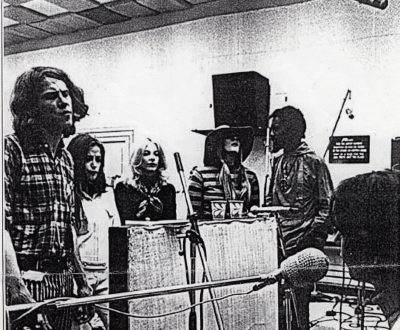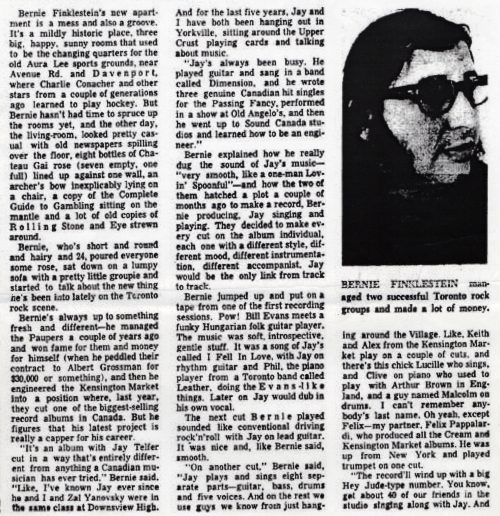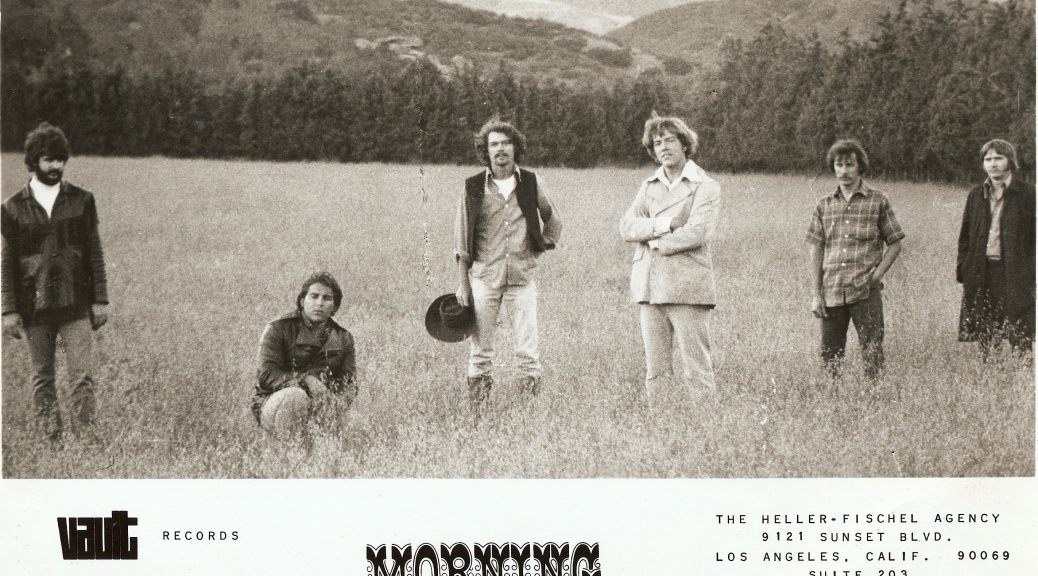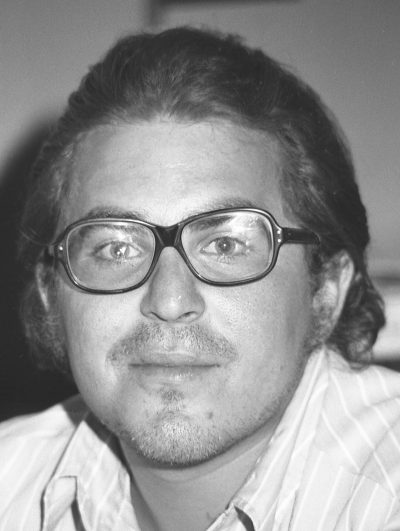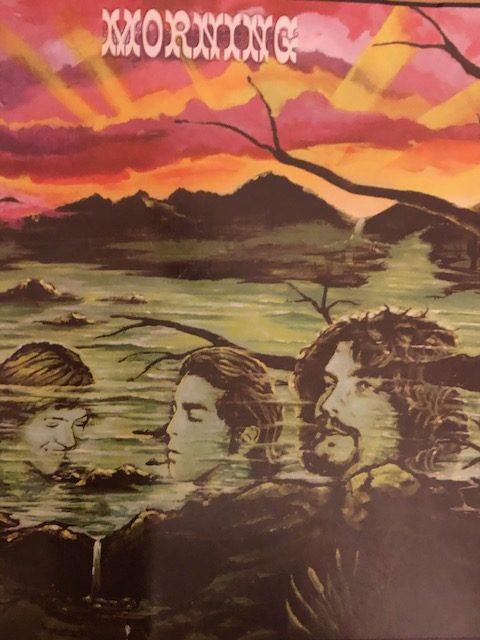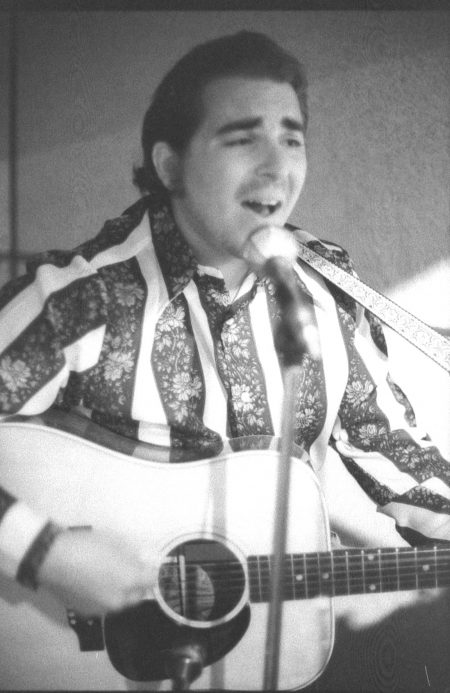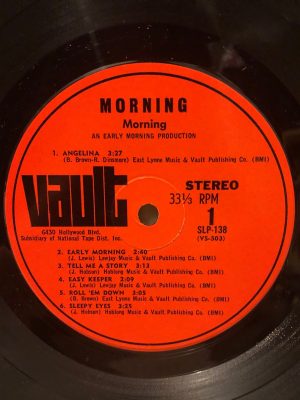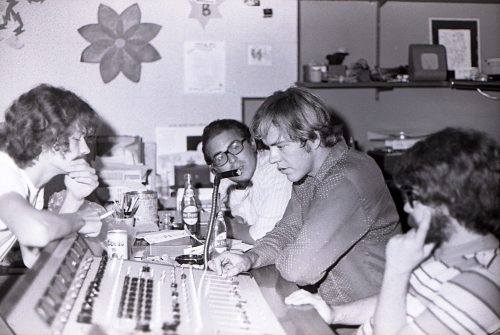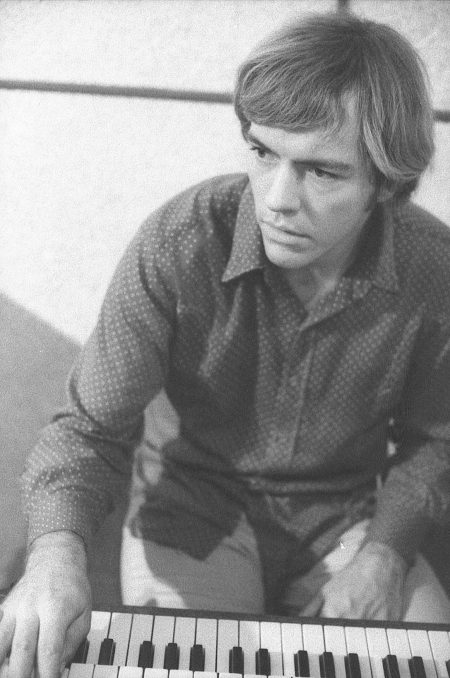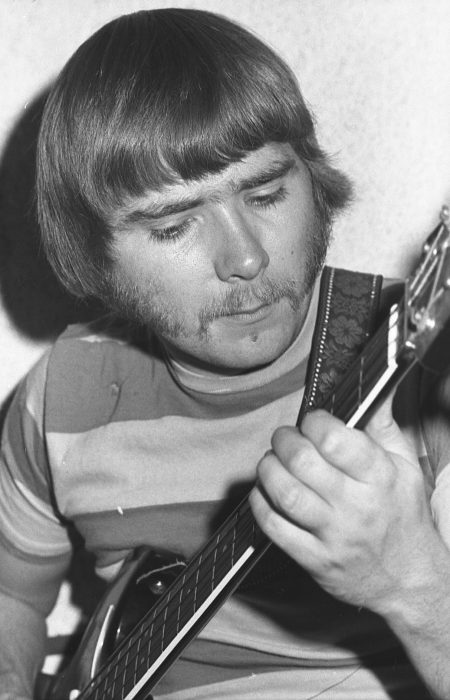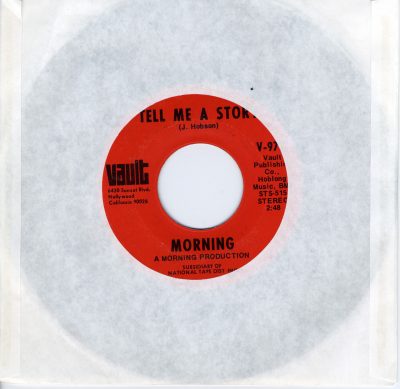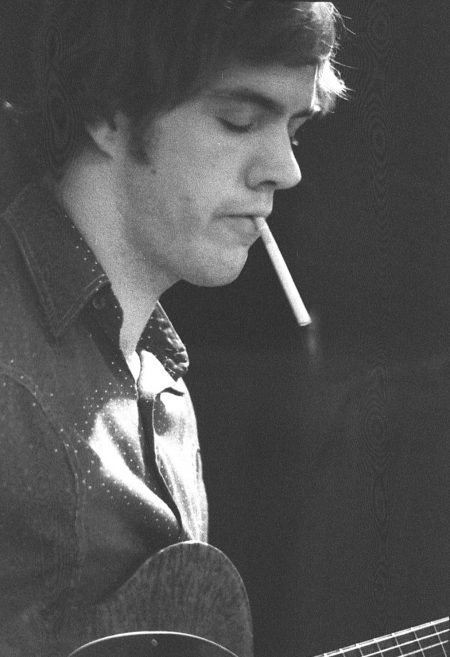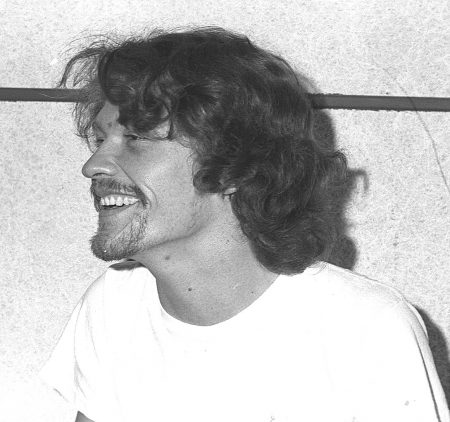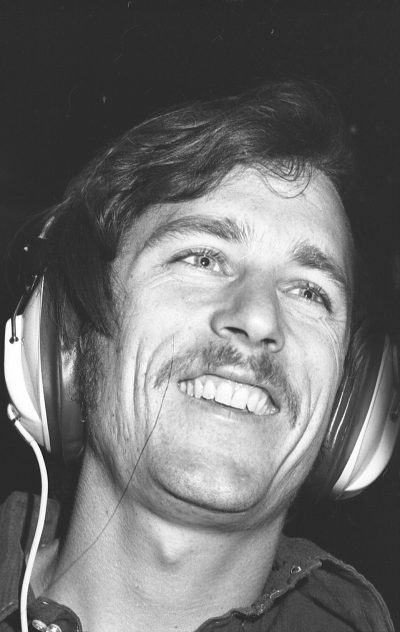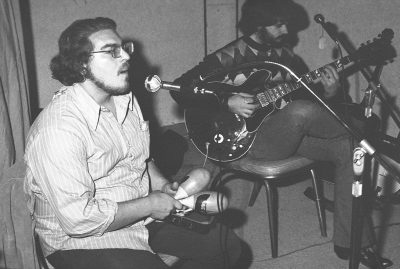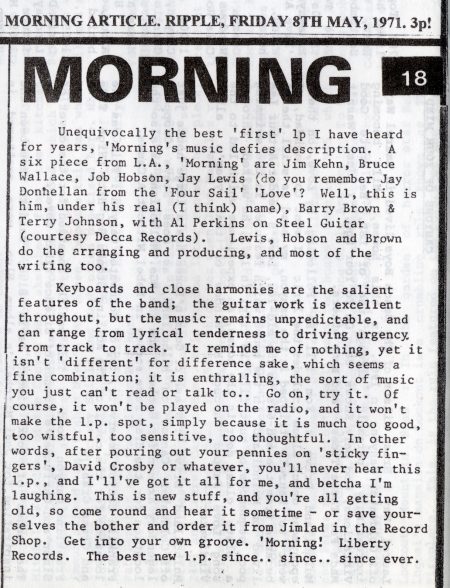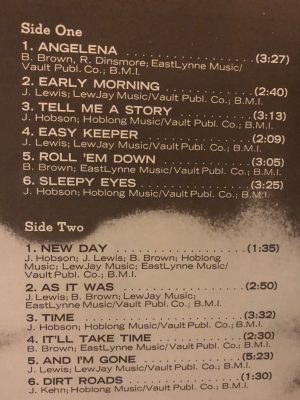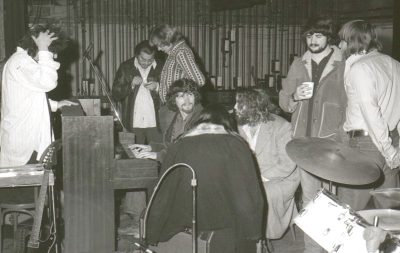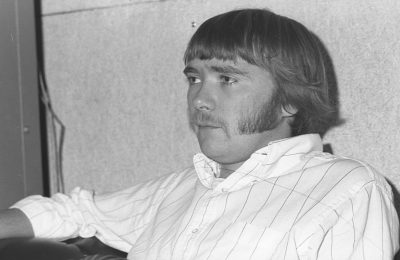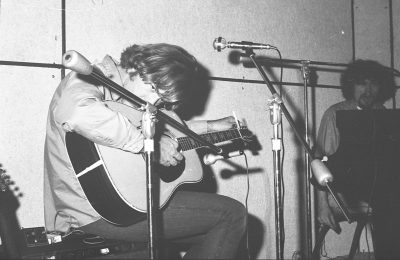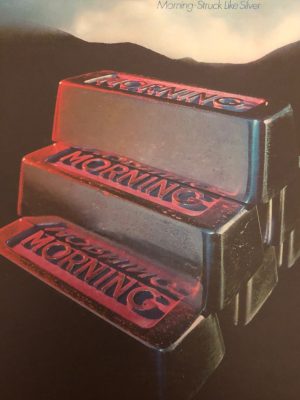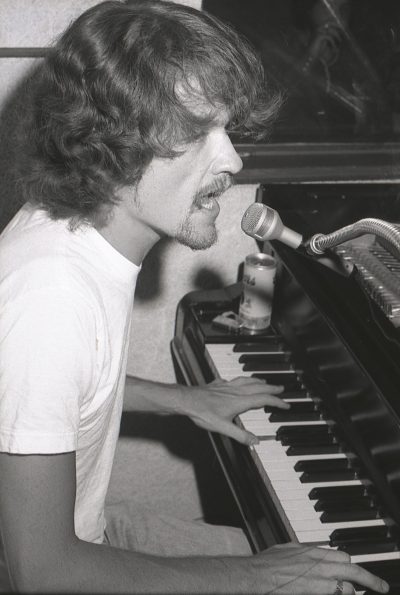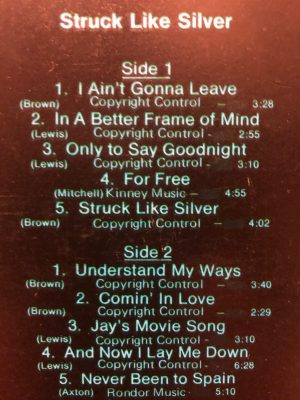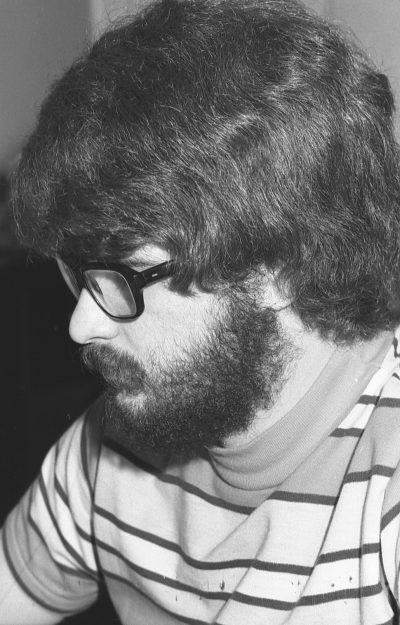
This little known soul act was active from around spring 1967 through to the end of 1969 and had an extremely fluid line-up with tonnes of musicians coming and going.
I’d be grateful for any further personnel in the comments below as well as stories and notable gigs.
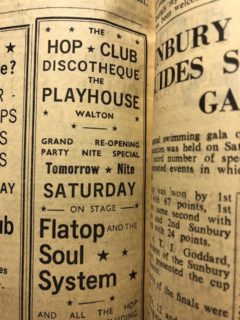
Judging by adverts in the music press, it looks like US Flattop first worked with the band The Soul System throughout most of 1966. When he left to form this new group, his former outfit became Ivan St Clair & The Soul System.
Flattop’s new band was billed as both The Cat Soul Packet and The Cat Road Show, but mainly the latter.
An early mention in Melody Maker from April 1967 reveals the group was initially a 14-piece act but on another UK tour in August that year, there were 12 members. A show in September 1969 lists only nine members.
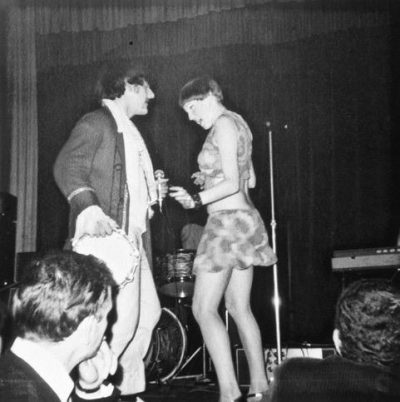
As well as starring singer US Flattop, the band also featured several guest singers over the years, as well as dancers, including Lorna and Lesley in late 1967, Jacqui and Sue in summer 1968 and Leroy and Jacqui in late 1968.
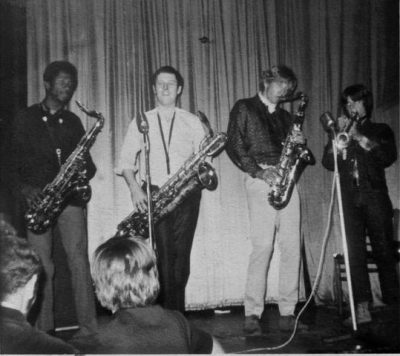
Thanks to South African tenor sax player Mike Fauré, I’ve been able to piece together the group’s line up for mid-September to early November 1967.
Fauré kept a diary and very generously shared the tour dates and band photos shown here.
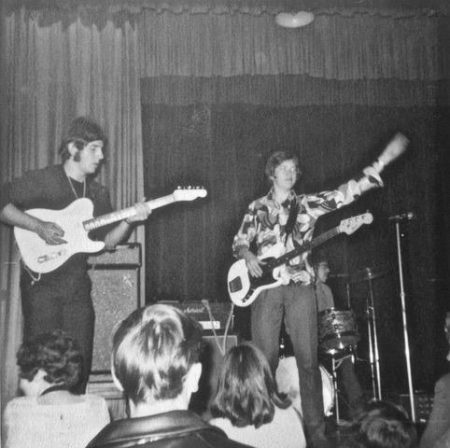
When he joined the band in mid-September 1967, the group comprised the following musicians:
US Flattop – Lead vocals
Richard Henry – Lead vocals
Keith Bleasby – Spokesperson and percussion
Fred D’Albert – Guitar
Ted Fraser – Keyboards
Alan “James” Rowell – Bass
Dave Coxhill – Baritone sax
Mike Fauré – Tenor sax
Carl Griffiths – Tenor sax
Jon Lee – Trumpet
Tony Knight – Drums/Vocals
Jacqui – Dancer

Mike Fauré says that he joined the band in time to play his first gig at the OVC Club in Earl’s Court.
Fred D’Albert, Tony Knight, Alan Rowell and Dave Coxhill all joined in September after Tony Knight’s Chessmen split up.
Jamaican Carl Griffiths had previously played with Jimmy James & The Vagabonds and Prince Buster & The Bees.
American Richard Henry, who hailed from Detroit, had first played with The Zig Zag Band when he came to England and then joined Timebox.
During 1967, he also led Tales of the City whose band opened for The Cat Soul Show in late August 1967 at the California Ballroom (see advert and gig listing below).

It is possible Keith Bleasby, Ted Fraser and Jon Lee had worked with the band on earlier tours in 1967.
After the 4 November date below, Mike Fauré joined the Paris-based Eddie Lee Mattison Soul Revue. He returned to South Africa in 1968 and briefly worked with The Square Set and Freedom’s Children before moving to the US where he continues to perform.
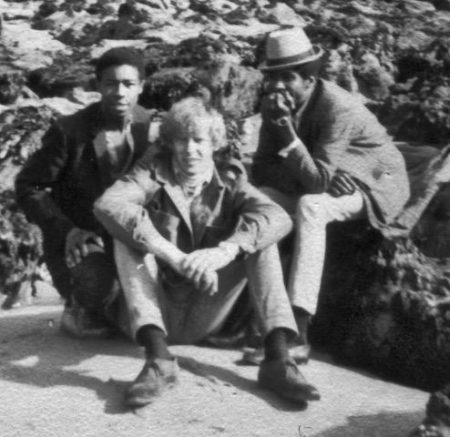
I believe that Carl Griffiths may have rejoined The Bees, which changed name to The Pyramids. However, he may have remained with The Cat Soul Packet longer.
Richard Henry later recorded some solo material.
Fred D’Albert and Tony Knight stuck together in The Magicians. D’Albert later played with Sweetwater Canal.
Alan Rowell joined The Simon Raverne Trio during 1968 while Dave Coxhill joined Freddie Mack & The Mack Sound around February 1968. He later reunited with Carl Griffiths in Manfred Mann Chapter 3.
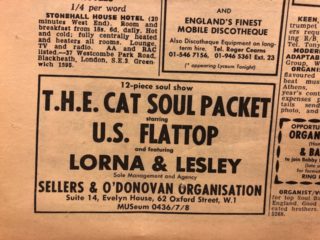
I have found the following gigs from Melody Maker (unless otherwise noted) and would welcome any additions:
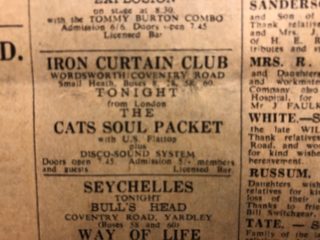
20 May 1967 – Iron Curtain Club, Small Heath, West Midlands (Birmingham Evening Mail) Billed as Cats Soul Packet with US Flattop
10 June 1967 – Caesar’s Palace, Lea West Bowl, Bedford (Galaxy Entertainments Ltd performing contract)
15 June 1967 – Public Hall, Epping, Essex
16 June 1967 – Hemel Hempstead Pavilion, Hemel Hempstead, Herts
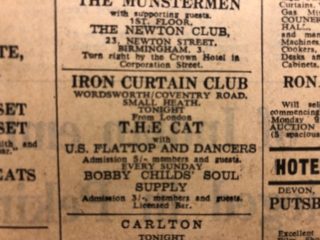
17 June 1967 – Iron Curtain Club, Small Heath, West Midlands (Birmingham Evening Mail) Billed as The Cat with US Flattop
18 June 1967 – Blue Room, Edmonton, north London
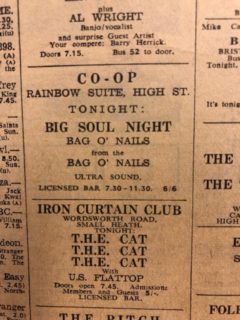
22 July 1967 – Iron Curtain Club, Small Heath, West Midlands (Birmingham Evening Mail) Billed as The Cat with US Flattop
29 July 1967 – Il Rondo, Leicester (Leicester Daily Mercury)
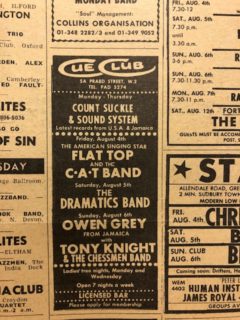
4 August 1967 – Cue Club, Paddington, central London Billed as Flat Top and The Cat Band
5 August 1967 – Tin Hat, Kettering, Northamptonshire (Dave Clemo research) Billed as The Cat with USA Flattop

12 August 1967 – Starlight Ballroom, Boston Gliderdrome, Boston, Lincolnshire with Zany Woodruff Operation, Katch 22 and Ray Bones (Lincolnshire Guardian) Billed as The Cat with US singer Flattop

25 August 1967 – California Ballroom, Dunstable, Beds with Richard Henry’s Tales of The City
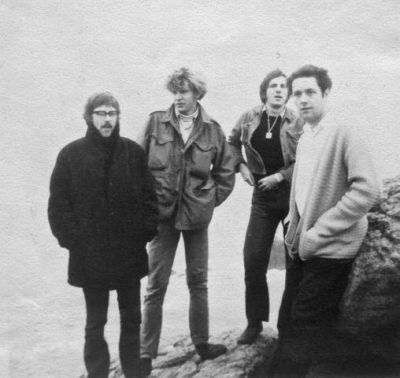
21 September 1967 – OVC Club, Earl’s Court, west London (Mike Fauré’s diary)
23 September 1967 – College of Further Education, Eastbourne, East Sussex (Mike Fauré’s diary)
26 September 1967 – Town Hall, High Wycombe, Bucks (Mike Fauré’s diary)
5 October 1967 – RAF Base, Helston, Cornwall (Mike Fauré’s diary)
6 October 1967 – Winter Gardens, Penzance, Cornwall (Mike Fauré’s diary)
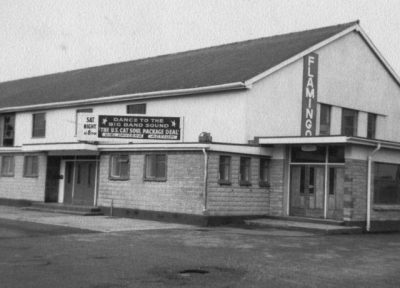
7-8 October 1967 – Flamingo Ballroom, Redruth, Cornwall (Mike Fauré’s diary)
13 October 1967 – Il Rondo, Leicester (Mike Fauré’s diary)
14 October 1967 – OVC Club, Earl’s Court, west London (Mike Fauré’s diary)
18 October 1967 – Hemel Hempstead Pavilion, Hemel Hempstead, Herts (Mike Fauré’s diary)
20 October 1967 – Venue in Salisbury, Wiltshire (Mike Fauré’s diary) This was probably Alex Disco or City Hall
21 October 1967 – Civic Hall, Guildford, Surrey (Mike Fauré’s diary)
22 October 1967 – Central R&B Club, Central Hotel, Chatham, Kent (Chatham, Rochester & Gillingham News/Mike Fauré’s diary)
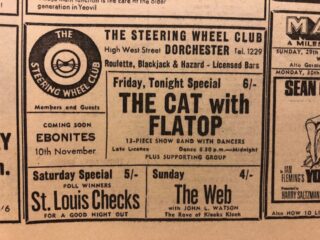
27 October 1967 – Steering Wheel Club, Dorchester, Dorset (Mike Fauré’s diary)
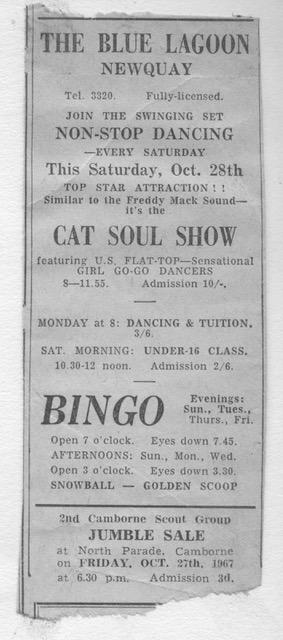
28 October 1967 – Blue Lagoon, Newquay, Cornwall (Mike Fauré’s diary)

3 November 1967 – Town Hall, Selkirk, Scotland (Mike Fauré’s diary)
4 November 1967 – Hotel, Galashiels, Scotland (Mike Fauré’s diary)

14 November 1967 – Industrial Club, Norwich, Norfolk (Eastern Evening News) Billed as Cat Soul Package with US Flat Top
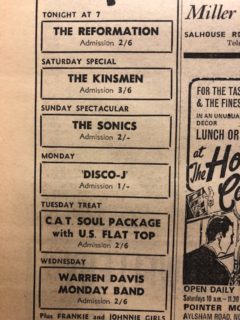
18 November 1967 – Starlight Room, Boston Gliderdrome, Boston, Lincolnshire with Lunar 2 and The Late and Granny’s Intentions (Spalding Guardian) Billed as The New Cat Soul Packet
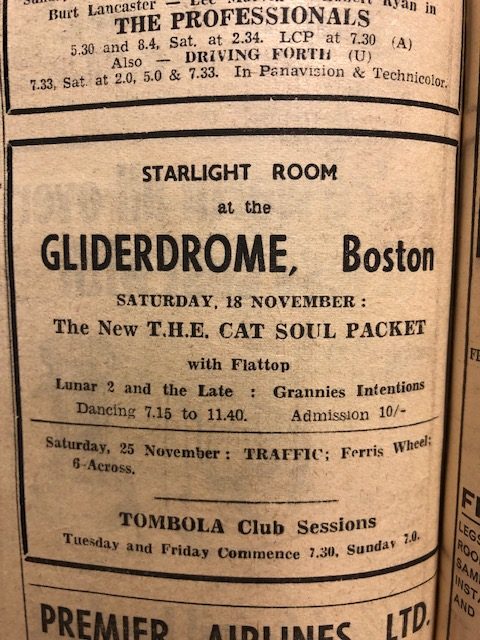
24 November 1967 – 400 Ballroom, Torquay, Devon (Herald Express)
26 November 1967 – Riverside Club, Cricketers Hotel, Chertsey, Surrey (Woking Herald)
10 December 1967 – Central R&B Club, Central Hotel, Chatham, Kent (Chatham, Rochester & Gillingham News)
16 December 1967 – Civic Hall, Nantwich, Cheshire with The Vibrations (Nantwich Chronicle)
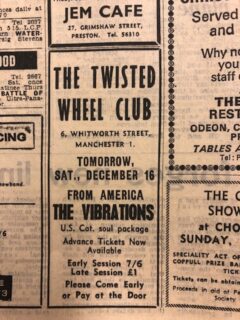
16 December 1967 – Twisted Wheel, Manchester with The Vibrations (Lancashire Evening Post) Billed as Cat Soul Package

26 December 1967 – Industrial Club, Norwich, Norfolk (Eastern Evening News) Billed as Cat Soul Package with US Flat Top
Fred D’Albert remembers that trumpet player Pat Higgs worked with the group. Higgs had previously played with Bluesology (with a young Elton John) and Hamilton & The Hamilton Movement and would join Geno Washington & The Ram Jam Band in April 1968.
6 January 1968 – Starlight Room, Boston Gliderdrome, Boston, Lincolnshire with The Tremeloes, Legay and Ray Bones (Lincolnshire Standard) Billed as T.H.E Cat Soul Package with Flattop
7 January 1968 – Co-op Hall, Warrington, Cheshire (Runcorn Guardian)
21 January 1968 – Britannia Rowing Club, Nottingham (Nottingham Evening Post) Says US Flattop and Richard Henry
22 January 1968 – Carlton Club, Warrington, Cheshire (Warrington Guardian) Billed as T.H.E CAT
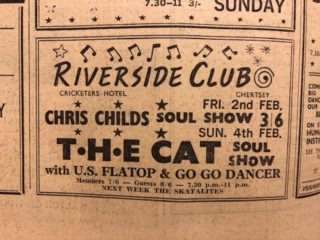
2 February 1968 – Riverside Club, Chertsey, Surrey (Woking Herald) Billed as The Cat Soul Show with US Flatop
10 February 1968 – Big C, Farnborough, Hampshire (Aldershot News) Billed as The Cat Soul Show featuring Ricky, Henry, Flattop
12 February 1968 – Belfry, Wishaw, near Sutton Coldfield, West Midlands with The Monopoly (Birmingham Evening Mail) Billed as US Flat Top & The Cat Soul Packet
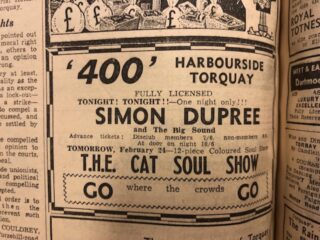
24 February 1968 – 400 Ballroom, Torquay, Devon (Herald Express) Billed as Cat Soul Show
25 February 1968 – Britannia Rowing Club, Nottingham (Nottingham Evening Post)
26 February 1968 – British Legion Hall, Slough, Berkshire (Windsor & Eton Express)
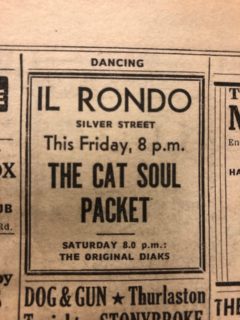
1 March 1968 – Il Rondo, Leicester (Leicester Mercury)
15 March 1968 – Rendevous Club, Dreamland Ballroom, Margate, Kent (East Kent Times & Mail)
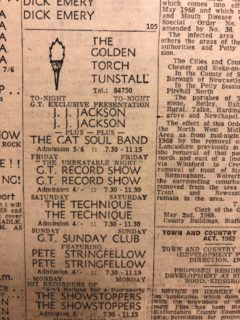
2 May 1968 – Golden Torch, Tunstall, Staffordshire with JJ Jackson (Evening Sentinel)
15 June 1968 – Civic Hall, Guildford, Surrey (Surrey Herald)
22 June 1968 – La Bamba, Tunbridge Wells, Kent
28 June 1968 – Hemel Hempstead Pavilion, Hemel Hempstead, Herts
29 June 1968 – 400 Ballroom, Torquay, Devon (Herald Express)
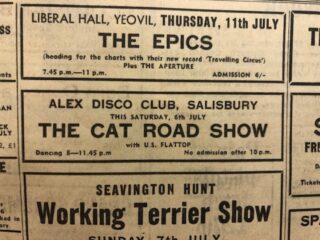
6 July 1968 – Alex Disco Club, Salisbury, Wiltshire (Western Gazette) Billed as The Cat Road Show with US Flattop
30 August 1968 – City Hall, St Albans, Herts with The Crazy World of Arthur Brown and Pakka Jax Billed as Cat Road Show
31 August 1968 – Middle Earth, Torquay Town Hall, Torquay, Devon With US Flatop
2 September 1968 – Richmond Athletic Ground, Richmond, west London

7 September 1968 – Tin Hat, Kettering, Northamptonshire with Taste) (Dave Clemo research) Billed as The Cat Roadshow with US Flattop
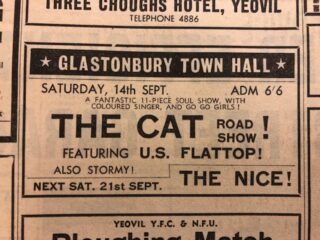
14 September 1968 – Glastonbury Town Hall, Glastonbury with Stormy (Central Somerset Gazette/Western Gazette) Billed as The Cat Road Show featuring US Flattop
26 September 1968 – Blue Lagoon, Newquay, Devon with The Provokers (Cornish Guardian)
12 October 1968 – Union Rowing Club, Nottingham (Nottingham Evening Post) Billed as Cat Road Show
20 October 1968 – Tudor Club, Mercers Arms, Coventry (Coventry Evening Telegraph) Billed as The Cat Road Show
26 October 1968 – Alex Disco, Salisbury, Wiltshire (Salisbury Journal/Western Gazette) Billed as The Cat Road Show starring US Flattop

10 November 1968 – Beat Discotheque Club, Co-Op Hall, Warrington, Cheshire (Warrington Guardian) Billed as The Cat Show featuring US Flat-Top
15 November 1968 – Newmarket Discotheque, Bridgwater, Somerset (Bridgwater Mercury)
16 November 1968 – Lion Hotel, Warrington, Cheshire with Katch 22 (Warrington Guardian) Billed as The Cat Road Show
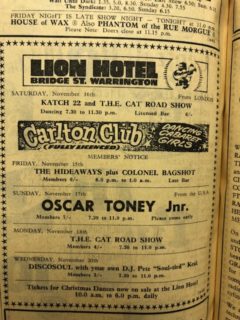
18 November 1968 – Carlton Club, Warrington, Cheshire (Warrington Guardian) Billed as The Cat Road Show
14 December 1968 – Tin Hat, Kettering, Northamptonshire ) (Dave Clemo research) Billed as The Cat Roadshow featuring US Flattop
24 December 1968 – Flamingo, Redruth, Cornwall with The Rick ‘N’ Beckers and Ray Williams & The Grenades (West Briton & Cornwall Advertiser)

26 December 1968 – Alex Disco Club, Salisbury, Wiltshire (Western Gazette) Billed as T.H.E Cat Road Show with US Flattop
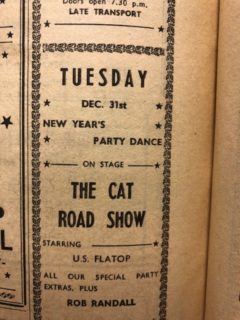
31 December 1968 – Walton Hop, Walton-on-Thames, Surrey (Woking Herald) Billed as The Cat Road Show starring US Flatop
Nick Ronai (trombone) and Brian Spibey (trumpet) played with The Cat Soul Packet after their band The Fulson Stillwell Band broke up. They didn’t stay long and soon formed Swegas.
25 January 1969 – Imperial College, South Kensington, southwest London (Melody Maker) Billed as The Cat Road Show featuring US Flattop

14 February 1969 – Cue Club, Paddington, central London
21 February 1969 – Pavilion, St Albans, Herts

22 February 1969 – Lion Hotel, Warrington, Cheshire with White Rabbit (Warrington Guardian) Billed as the Cat Road Show
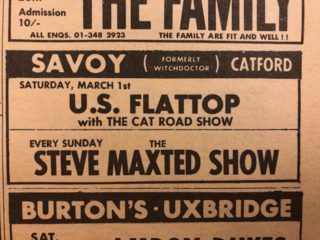
1 March 1969 – Savoy, Catford, southeast London
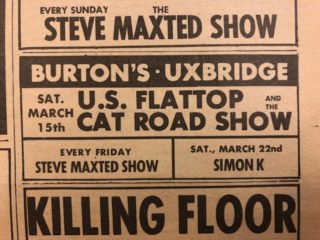
15 March 1969 – Burton’s, Uxbridge, west London
22 March 1969 – Boston Gliderdrome, Boston, Lincolnshire with Duster Bennett and Elijah & The Goat (Lincolnshire Standard)
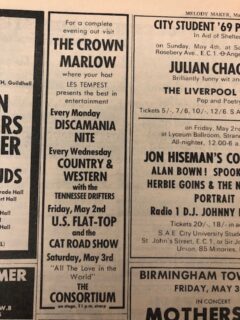
2 May 1969 – The Crown, Marlow, Bucks (Melody Maker) Billed as US Flattop and The Cat Road Show
10 May 1969 – Burton’s, Uxbridge, west London (Uxbridge Weekly Post)
8 June 1969 – Railway, Wealdstone, northwest London
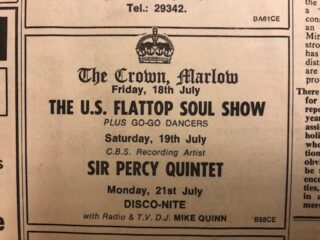
18 July 1969 – The Crown, Marlow, Bucks (Bucks Free Press) Billed as US Flattop Soul Show
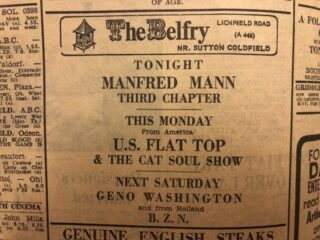
27 October 1969 – Belfry, Wishaw, West Midlands (Birmingham Evening Mail)
Huge thanks to Mike Fauré for the use of his photos.
Copyright © Nick Warburton. All Rights Reserved. No part of this article may be reproduced or transmitted in any from or by any means, without prior permission from the author

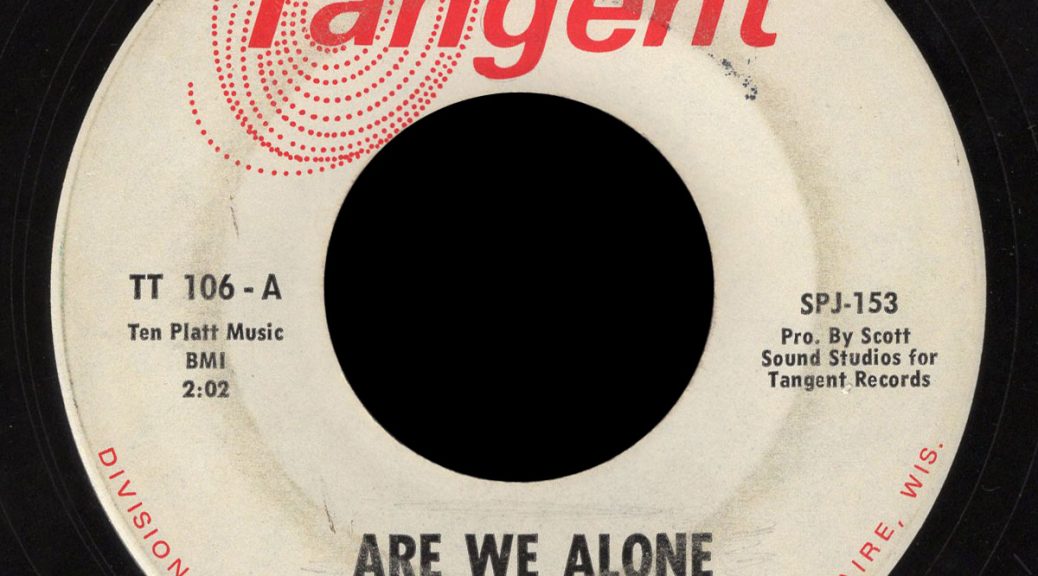
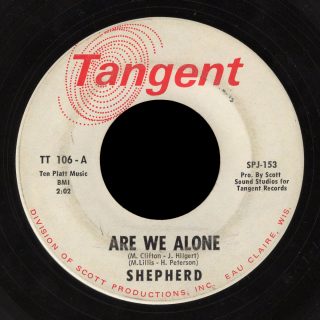 Shepherd came from Eau Claire, Wisconsin, and cut this one great hard-rock single, “Are We Alone” / “I Never Heard a Thing” around May of 1971.
Shepherd came from Eau Claire, Wisconsin, and cut this one great hard-rock single, “Are We Alone” / “I Never Heard a Thing” around May of 1971.